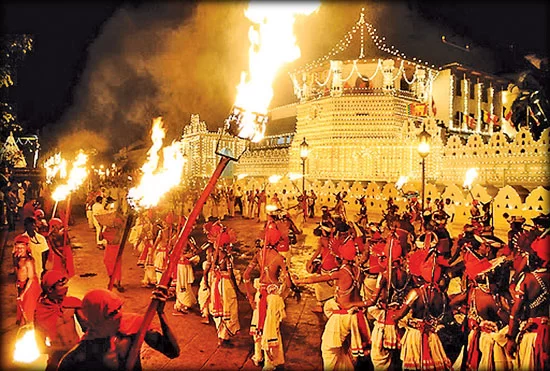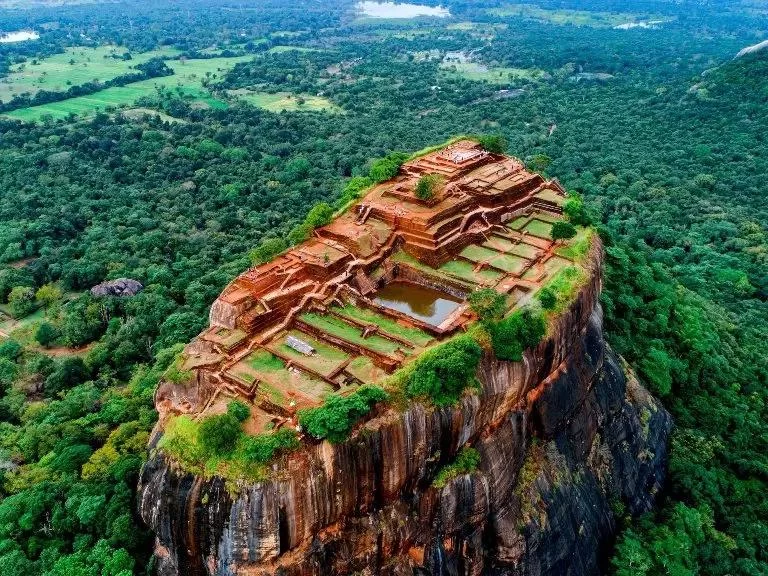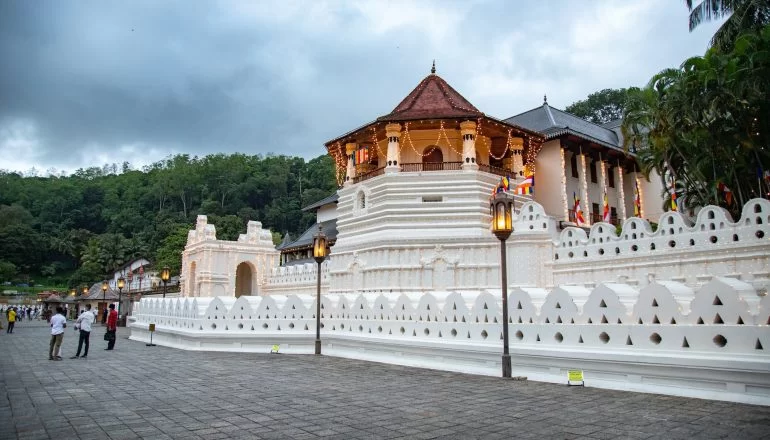Explore the Rich Folklore of Sri Lanka: Legends and Cultural Stories
- 1. Why Sri Lanka's Folklore is Unique
- 2. Popular Legends and Tales from Sri Lanka
- 3. Folklore and Its Impact on Sri Lankan Culture
- 4. Experiencing Sri Lankan Folklore in Person
- 5. Real-Life Stories and Encounters with Sri Lankan Folklore
- 6. Plan Your Trip to Explore Sri Lankan Folklore
1. Why Sri Lanka's Folklore is Unique
Sri Lanka’s folklore is an essential part of its cultural heritage, deeply rooted in the island’s history, traditions, and belief systems. The stories are shaped by the diverse influences of ancient Sinhalese, Tamil, and Buddhist traditions, alongside colonial impacts from the Portuguese, Dutch, and British. These unique elements have given rise to a folklore that is vibrant, rich in meaning, and diverse in its scope, making it a fascinating subject for both locals and visitors to explore.
The island’s folklore weaves together tales of gods, demons, mystical creatures, and legendary heroes, all set against the backdrop of Sri Lanka’s lush landscapes. From ancient royal palaces to remote villages, these stories continue to be passed down through generations, offering a glimpse into the island's complex cultural fabric.
2. Popular Legends and Tales from Sri Lanka
Sri Lanka is home to numerous legendary stories that have been passed down through generations. These tales are not only entertaining but also serve to impart moral lessons and reflect the values of the society. Here are a few popular Sri Lankan legends and folklore:
- The Legend of Ravana: One of the most well-known figures in Sri Lankan folklore is Ravana, the powerful king of Lanka, who appears in the ancient epic Ramayana. Ravana is often depicted as both a villain and a tragic hero, and his story remains a central part of Sri Lanka’s folklore and culture.
- Veddha Tribe Myths: The indigenous Veddha people of Sri Lanka have their own unique folklore, filled with stories of forest spirits, animal deities, and the natural world. These tales reflect their deep connection to the forest and their reverence for nature.
- The Naga Kingdom: The myth of the Naga Kingdom tells of a race of serpent-like beings that once ruled Sri Lanka’s southern coasts. According to the legend, the Nagas were both protectors and tormentors, possessing powerful magical abilities.
- The Sinhalese Ghosts and Spirits: Sri Lankan folklore also features numerous tales of ghosts and spirits, including the famous "Brahmin Ghost," which warns against greed, and "Kalu Kumari," a tragic story of a woman turned into a spirit.
3. Folklore and Its Impact on Sri Lankan Culture
Sri Lankan folklore plays a significant role in shaping the island’s cultural identity. It has influenced art, literature, dance, and even local festivals. Folklore is often depicted in traditional performances like the “kolam” and “ritual dances,” where stories of gods, demons, and heroes come to life through movement, music, and costume. These cultural expressions are an integral part of religious and social events throughout the country.
Folklore also plays a vital role in the spiritual and moral education of the Sri Lankan people. The lessons imparted through these stories guide individuals in their behavior, relationships, and interactions with nature. Many Sri Lankans continue to hold a deep respect for the supernatural elements of their folklore, believing in the power of the deities and spirits to protect or harm them.
4. Experiencing Sri Lankan Folklore in Person
To truly experience the heart of Sri Lanka’s folklore, you must immerse yourself in its cultural events, sacred sites, and local traditions. There are several ways you can connect with the rich folklore of Sri Lanka:
- Visit Sacred Sites: Many of Sri Lanka’s ancient temples and ruins are tied to the legends of gods and heroes. The Temple of the Tooth in Kandy, for example, holds significant cultural and spiritual value, with its history deeply entwined with the island’s folklore.
- Participate in Local Festivals: Sri Lanka’s numerous festivals, such as the Kandy Esala Perahera, are steeped in folklore and feature elaborate processions, traditional dances, and performances that bring these age-old tales to life.
- Explore the Cultural Villages: In rural villages, local storytellers and elders often share folk tales and legends passed down through generations. Visiting these areas allows you to hear the stories in their original context and appreciate their meaning.
5. Real-Life Stories and Encounters with Sri Lankan Folklore
Real-life encounters with Sri Lankan folklore can add depth and authenticity to your experience on the island. Here are a few stories from travelers who explored the cultural richness of Sri Lanka:
- Mark's Encounter with the Spirit of Kandy: "During my trip to Kandy, I was told the legend of the Brahmin Ghost by a local guide. The story captivated me and added a new layer of mystery to the city’s history. I could almost feel the presence of the ghost as we walked through the temple grounds at night."
- Lisa's Visit to the Naga Temple: "Visiting a Naga temple in southern Sri Lanka was an unforgettable experience. I learned about the ancient serpent kings and their spiritual significance. The atmosphere of the temple, surrounded by lush jungles, felt like something straight out of the folklore itself."
- Tom's Adventure in the Veddha Villages: "Exploring the Veddha villages in the interior of Sri Lanka gave me insight into the indigenous people's way of life. Their stories about forest spirits and magical creatures were fascinating, and the deep connection they have to their land and traditions was truly eye-opening."
6. Plan Your Trip to Explore Sri Lankan Folklore
If you're fascinated by Sri Lanka’s rich folklore and want to experience it firsthand, visit Tamil Travel Lanka for expert travel tips and personalized itineraries. Our team can help you plan your trip to explore the best of Sri Lanka’s cultural stories, historical sites, and natural beauty. Start your adventure today and dive into the enchanting world of Sri Lankan folklore!







